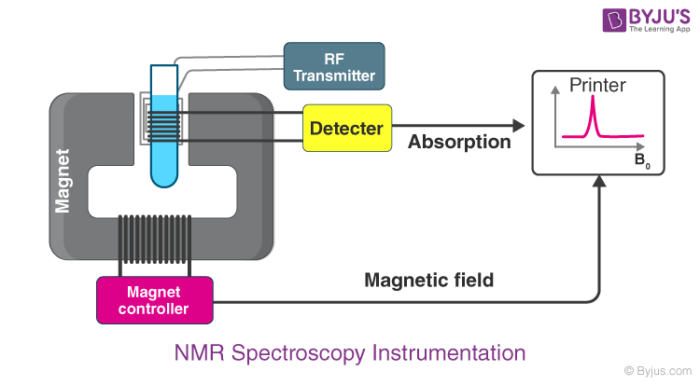Virology
Virology is the study of viruses - submicroscopic, parasitic particles of genetic material contained in a protein coat - and virus-like agents. It focuses on the following aspects of viruses: their structure, classification and evolution, their ways to infect and exploit host cells for reproduction, their interaction with host organism physiology and immunity, the diseases they cause, the techniques to isolate and culture them, and their use in research and therapy. Virology is a subfield of microbiology.
Virus structure and classification
A major branch of virology is virus classification. Viruses can be classified according to the host cell they infect: animal viruses, plant viruses, fungal viruses, and bacteriophages (viruses infecting bacteria, which include the most complex viruses). Another classification uses the geometrical shape of their capsid (often a helix or an icosahedron) or the virus's structure (e.g. presence or absence of a lipid envelope). Viruses range in size from about 30 nm to about 450 nm, which means that most of them cannot be seen with light microscopes. The shape and structure of viruses has been studied by electron microscopy, NMR spectroscopy, and X-ray crystallography.
- electron microscopy
- NMR spectroscopy
التحليل الطيفي spectroscopy : تصدر المادة طيفا عند امتصاصها لطاقة؛ فمثلا إذا قمنا بتسخين قطعة من الحديد فإنها تحمر أولا ثُم يتغير لونها بارتفاع درجة الحرارة فتصبح برتقالية اللون، وإذا زادت درجة حرارتها فيميل وميضها إلى الاصفرار. كل هذا يسمى طيفا. وكذلك يمكنك التسبب في احمرار قطعة الحديد إذا ما قمت بطرقها بمطرقة مع مواصلة عملية الطرق حتى تحمر، ذلك لأنها تمتص جزءا من طاقة الطرق (طاقة الحركة) وتحوله إلى حرارة وتلك الحرارة تجعلها تصدر وميضا هو الطيف.
The most useful and most widely used classification system distinguishes viruses. according to the type of nucleic acid they use as genetic material and the viral replication method they employ to coax host cells into producing more viruses:
يعني باختصار : تصنيف الفايروسات يكون حسب
- نوع الخلية التي يصيبها
- الشكل الهندسي ( حلزوني - عشري الوجوه )
- التصنيف الاكثر فائدة والاكثر استخداما هو : الحامض النووي للفايروس - والمادة الوراثية التي يستخدمها لانقاع الخلية المضيفة بالتكاثر
DNA viruses (divided into
- double-stranded DNA viruses
- and single-stranded DNA viruses),
RNA viruses (divided into
- positive-sense single-stranded RNA viruses,
- negative sense single-stranded RNA viruses
- and the much less common double-stranded RNA viruses),
_____________1
- (double-stranded reverse-transcribing DNA viruses
- and single-stranded reverse-transcribing RNA viruses including retroviruses).
Virologists also study subviral particles, infectious entities notably smaller and simpler than viruses:
- viroids (naked circular RNA molecules infecting plants),
- satellites (nucleic acid molecules with or without a capsid that require a helper virus for infection and reproduction), and
- prions (proteins that can exist in a pathological conformation that induces other prion molecules to assume that same conformation). [5]
Taxa in virology are not necessarily monophyletic, as the evolutionary relationships of the various virus groups remain unclear. Three hypotheses regarding their origin exist:
1. Viruses arose from non-living matter, separately from yet in parallel to cells,
perhaps in the form of self-replicating RNA ribozymes similar to viroids.
2. Viruses arose by genome reduction from earlier, more competent cellular life forms that became parasites to host cells and subsequently lost most of their functionality; examples of are Mycoplasma and Nanoarchaea. such tiny parasitic prokaryotes
3. Viruses arose frome mobile genetic elements of cells (such as transposons, retrotransposons or plasmids) that became encapsulated in protein capsids, acquired the ability to "break free" from the host cell and infect other cells.
فرضيات نشاة الخلية ببساطة
of particular interest here is mimivirus, a giant virus that infects amoebae and encodes much of the molecular machinery traditionally associated with bacteria. Two possibilities are that it is a simplified version of a parasitic prokaryote or it originated as a simpler virus that acquired genes from its host.
- mimivirus = الفايروس المحاكي - باكيت ميامي كبير - مع سكارة مشرشبة
- giant = عملاق - gian+t
____________________2
The evolution of viruses, which often occurs in concert with the evolution of their hosts, is studied in the field of viral evolution.
- تطور الفايروس مرتبط بتطور خلايا المضيف
While viruses reproduce and evolve, they do not engage in metabolism, do not move, and depend on a host cell for reproduction. The often-debated question of whether they are alive or not is a matter of definition that does not affect the biological reality of viruses.
- السؤال الذي يناقش فكرة ان الفايروسات حية ام غير ذلك لا يؤثر على الحقيقية البايلوجية للفايروسات




تعليقات
إرسال تعليق